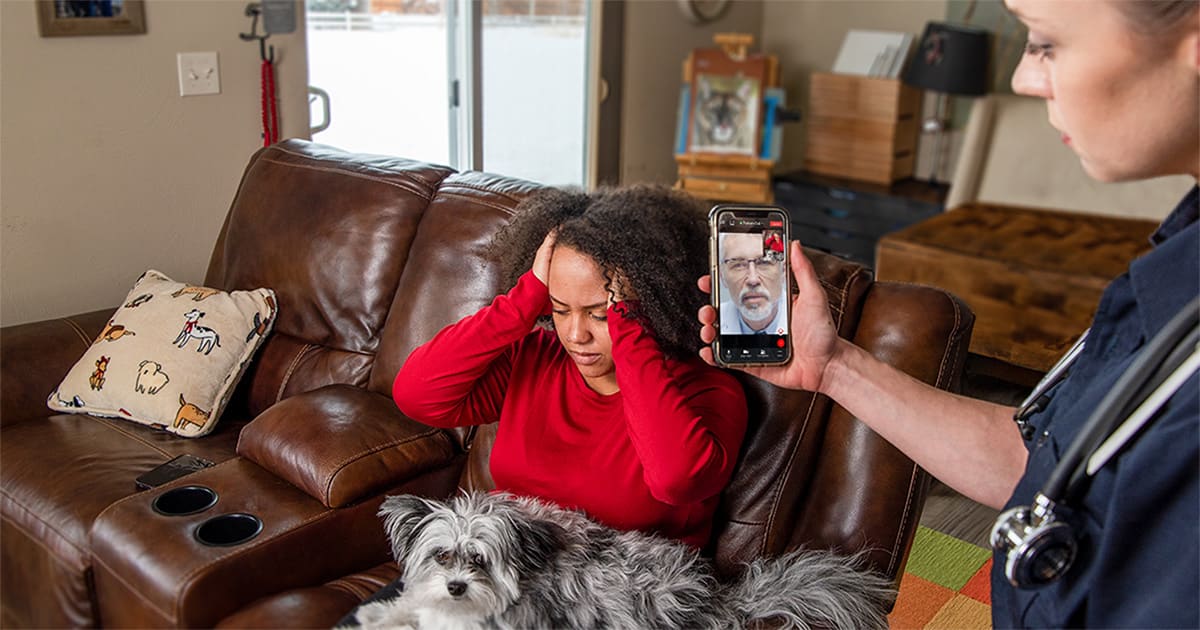5 min read
Arkansas EMS Org Improves Pediatric Behavioral Health Patient Care with Pulsara
The mental health of America’s youth is under duress, and it didn’t start with COVID-19. It’s a problem that’s been a much longer time coming. In 2023, authors led by Mayo Clinic psychiatrist Tanner...


